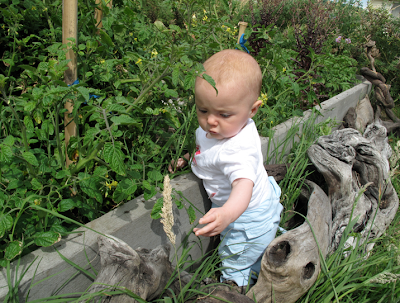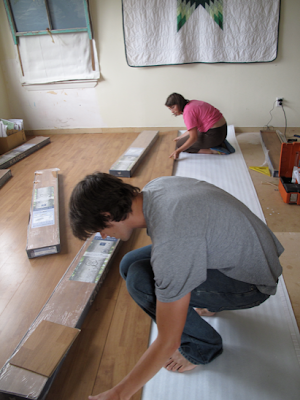Ahh, solar bacon.
Almost everything we think of as ‘energy’ on our planet can
trace its power to the sun. These include petrol, diesel, coal, methane,
propane, LPG, as well as wood, wind, and hydroelectric. The first six on this
list are sometimes called ‘ancient sunlight’, because, as fossil fuels, they
are the result of organisms (mostly plants) that lived and died millions of
years ago. As we learned in school, the amazing process called photosynthesis
converted that ancient sunlight into living matter (biomass).
The last three on the list are sometimes called ‘current
sunlight’ because they are powered by solar energy that reaches the earth on
more of a human time scale – from days in terms of wind to decades in terms of
wood. While wood is considered a form of biomass, wind energy and
hydroelectricity are not the result of photosynthesis, but rather the result of
the sun heating the earth’s continents and oceans. High and low pressure
systems cause winds, and water falling back to earth in the mountains can drive
hydro dams as it travels down rivers back to the sea.
All of this demonstrates how important the sun is to life as
we know it, but does not include a number of ways in which the sun is used directly by humans as an energy source. These different forms
of ‘solar power’ can be roughly classified into two categories: heat and
electricity.
Forms of solar heating include passive solar building
design, solar hot water, and solar cooking. We use all of these at our home in
Castlecliff. Together, these have helped us live comfortably with a power bill
that ranges between $20 and $30 per month.
Later afternoon winter sun.
Forms of solar electricity include photovoltaic (pv) panels
and solar thermal power. Most of us are familiar with pv panels because we have
seen them on houses or calculators. There is some very cool science that goes
on in these ‘solar cells’ where sunlight forces electrons across a boundary,
which then causes a flow of electrons (electricity) through a wire. We do not
have pv panels on our home, but we do have an emergency solar radio and
flashlight tucked away somewhere.
Solar thermal electricity may be the least familiar to New
Zealanders because it is a younger technology than pv and no such power plants
have been built here. It is, however, catching on in a big way elsewhere.
California, for example, has just built the world’s largest solar thermal plant
in the Mojave Desert, which consists of 170,000 mirrors and three 130-metre
concrete towers. The mirrors track the sun throughout the day and reflect light
onto the towers. This intense heat boils water over 500 degrees Celsius, which
creates steam that turns a turbine connected to an electric generator. It is
estimated that the plant will power 140,000 homes at a construction cost of
$2.2 billion (US).
Don’t have that kind of cash on hand but still want to learn
more about using solar energy in your home?
Ask a Solar Question.
Thursday, 5th September, 7-9 pm.
256 Wicksteed St. Wanganui
$20.
Registration essential. Ring CES – 345 4717
This
workshop presents the basics on three common forms of harnessing the sun’s
energy: solar electricity, solar hot water, and passive solar design. Bring
your questions and get unbiased advice.















































